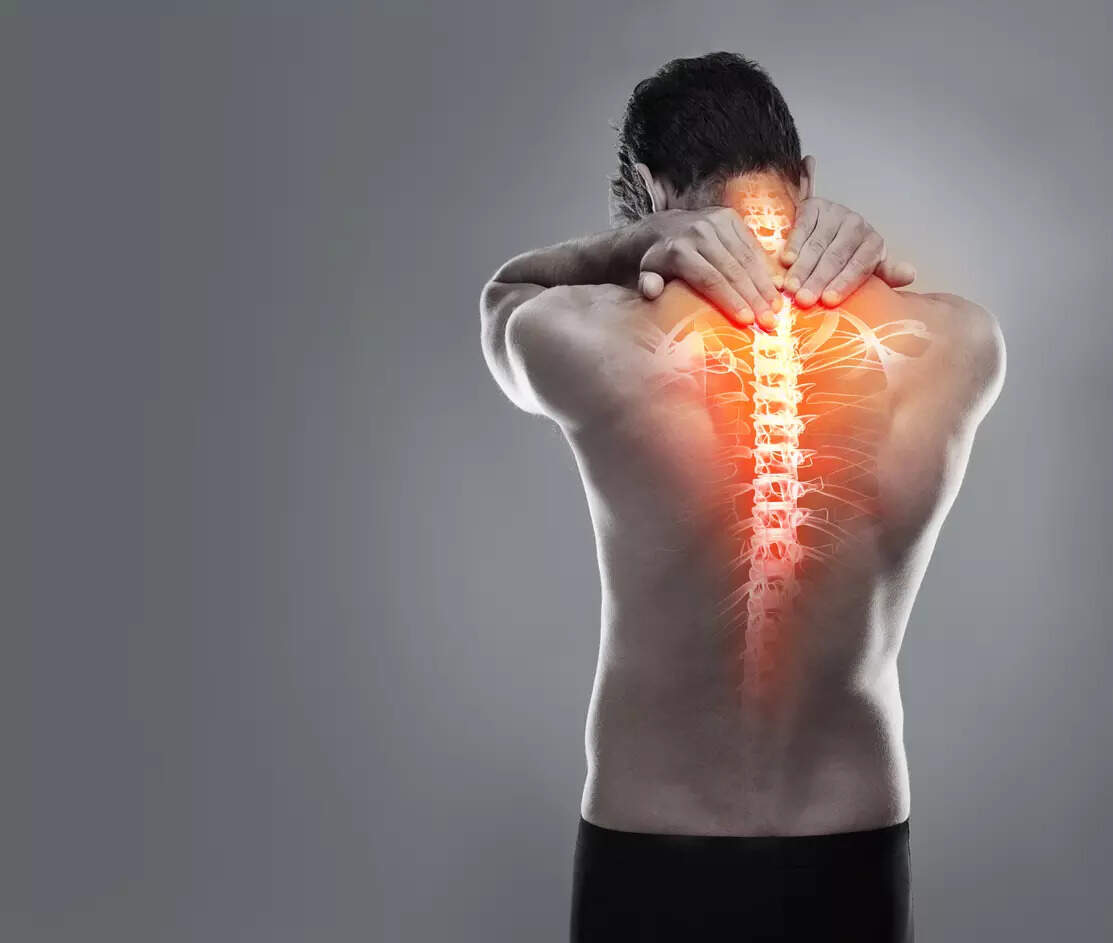- Industry
- 2 min read
Physical, psychological therapies together more effective against back pain in long-term: Study
On average, interventions effective in treating back pain decreased disability by about 20 per cent -- a clinically meaningful difference for many people, the researchers said.
Researchers from Macquarie University, Australia, reviewed results from 75 clinical trials, involving around 15,400 participants, that looked at the effects of 20 non-surgical treatments of chronic low back pain -- massage, manipulation, pain education and injections -- over a year or more.
Published in The Lancet Rheumatology journal, the findings show that "cognitive behavioural therapy, mindfulness, exercise, and multidisciplinary care could produce the long-term benefits required to reduce the global burden due to non-specific chronic low back pain".
"However, the effects are mostly small, and the strength of evidence is relatively uncertain," the authors wrote.
Cases of musculoskeletal disorders -- which include over 150 conditions affecting joints, muscles, bones, ligaments, tendons, and the spine -- could cross a billion globally by 2050, a study published in The Lancet Rheumatology journal in 2023 has estimated.
In India, a 2022 study estimated that about 66 per cent could be living with the condition. The analysis is published in 'WORK: A Journal of Prevention, Assessment and Rehabilitation'.
"The positive news is that we now know there are a few different types of treatments that have some evidence of effect over the longer term," lead author Dr Hazel Jenkins, a chiropractic clinician and senior lecturer in the department of chiropractic, Macquarie University, said.
"The individual treatments that stood out for reducing pain and disability, were psychological treatments such as CBT (cognitive behavioural therapy) and mindfulness, and physical treatments like exercise and manipulation," Jenkins said.
On average, interventions effective in treating back pain decreased disability by about 20 per cent -- a clinically meaningful difference for many people, the researchers said.
They added that back pain -- typically not an isolated episode -- tends to recur over months and years, and is a leading cause of disability and reduced quality of life.
Senior co-author Mark Hancock, professor in physiotherapy, said that most of the recommendations and guidance on treating low back pain "focuses on treating the symptoms, rather than addressing what might be the underlying causes and problems".
Including 'cognitive functional therapy' among the treatments was found to produce the largest positive effects -- the technique helps a patient address unhelpful cognitions, emotions, and behaviours that contribute to back pain.
"A lot of these more effective treatments are about giving people the skills and confidence to manage their own condition, including future episodes if they occur," Hancock said.
Hancock added that while a massage or medications are appropriate for controlling symptoms in the short-term, multi-component approaches are more effective over the long-term.
Further, the team cautioned that many trials among those reviewed had small sample sizes, a high risk of bias, or varying results, which limited the certainty of evidence.
"Large high-quality studies designed to specifically test long-term effects are needed," Dr Jenkins said. PTI



COMMENTS
All Comments
By commenting, you agree to the Prohibited Content Policy
PostBy commenting, you agree to the Prohibited Content Policy
PostFind this Comment Offensive?
Choose your reason below and click on the submit button. This will alert our moderators to take actions